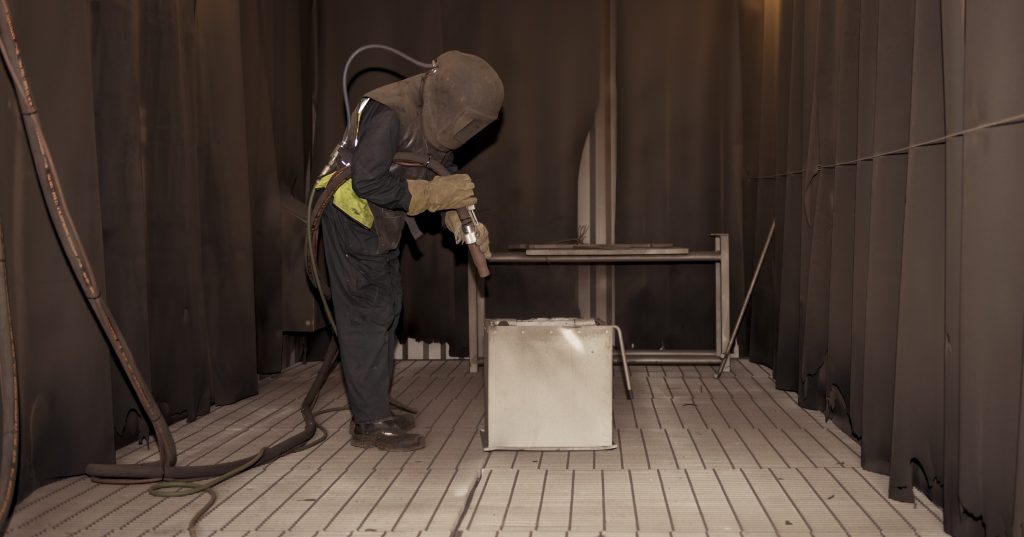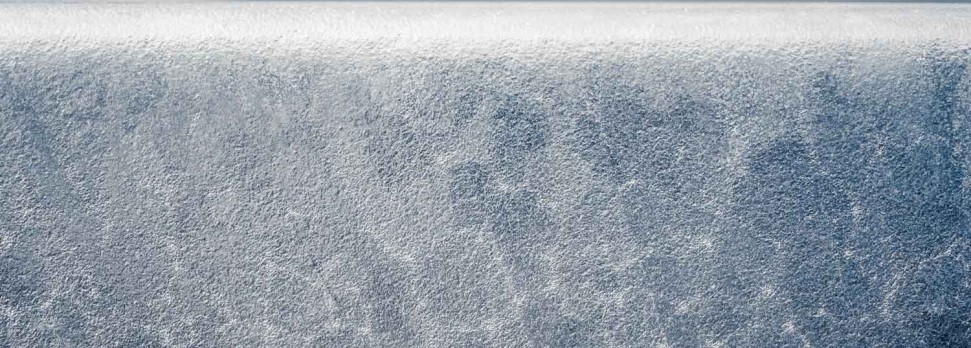Shot blasting vs sand blasting
What’s the difference between shot blasting and sand blasting?
Shot blasting and sand blasting are surface preparation methods used to remove corrosion, paint, or other imperfections from metal. Both surface preparation methods leave a metal surface with a smoother, cleaner finish – an essential first step in the metal protection process. These cleaning methods make any subsequent treatment last longer and provide a higher quality finish.
But what’s the difference between the two services?

What is sand blasting?
Sand blasting traditionally uses silica sand which is blasted onto the metal to clean it. In more recent times, this has also included glass. The high-velocity sand particles strike the surface, removing coatings, rust, scale, and other contaminants. The texture of the surface after sand blasting depends on the size and type of abrasive material used.
Sand blasting is effective for cleaning and surface preparation, but leaves a smoother finish than shot blasting. While smoothing the steel is an important step for surface preparation, the durability of secondary coatings such as paint may be compromised if the surface is too smooth. Surface coatings need to be able to adhere to the steel, which is harder when the steel is completely smooth.
Unlike shot blasting, sand blasting can have negative impacts on health. This is because the fine dust residue created from the process could be inhaled (even when following the correct health and safety measures), as the particles remain in the air for several days. And this is without wind, so imagine how far these particles can travel on bad weather days!
Dust residue from sand blasting can result in dangerous amounts of respirable crystalline silica for both the operator and the consumer. Consequently, sand blasting with silica sand is banned in the UK.
What is shot blasting?

Shot blasting uses small amounts of metal, such as aluminium oxide or carbon grit, which is propelled onto the steel. The small particles are known as “shot”, hence the process’s name. The main difference between shot blasting and sand blasting is the material used. Because of this difference, shot blasting does not result in inhaling any residue when using the correct PPE and is, therefore, not forbidden.
Metallic shot can also be re-used multiple times, reducing material costs. The ability to reuse material also means shot blasting is more environmentally friendly than sand blasting.
Shot blasting also results in a slightly different finish compared to sand blasting. Sand blasting creates a fully smooth profile, whereas shot blasting creates a slightly textured surface profile. The added texture allows for any secondary coatings to adhere to the steel more, increasing the coating’s durability.
In summary, shot blasting and sand blasting use different materials, resulting in slightly different surface finishes. Sand blasting poses a health and safety risk and is not the preferred method of surface cleaning.
At Joseph Ash Galvanizing we take pride in our health and safety measures, following health and safety laws and regulations when carrying out shot blasting, galvanizing, powder coating and duplex coatings projects. We also follow BS EN ISO 1461 and BS EN ISO 9000 quality assurance specifications. Our commitment to health and safety is also evidenced by the fact we’ve won RoSPA Gold awards for excellent health and safety standards, nine years running.
Contact us today to discuss your shot blasting requirements.
Next page